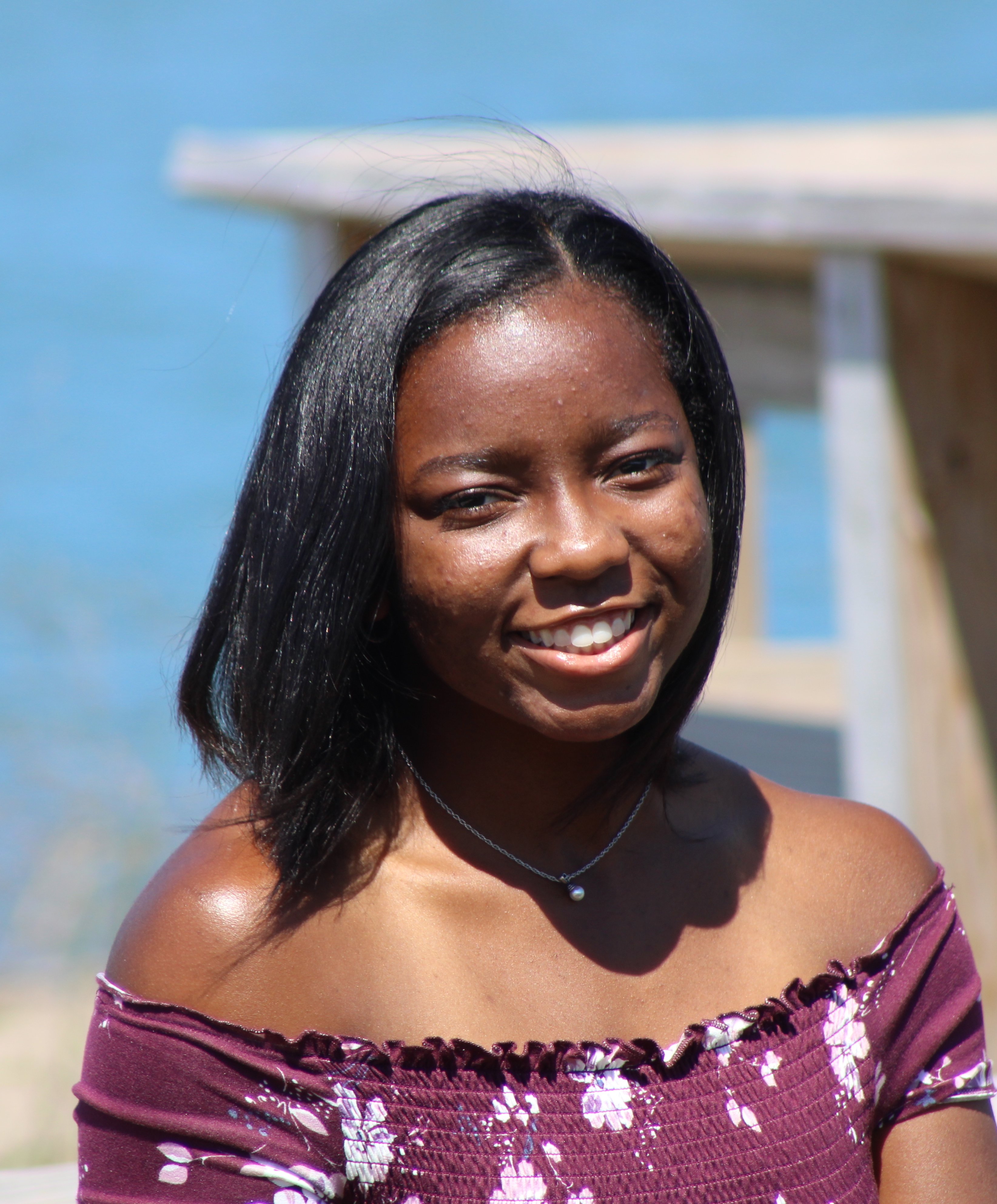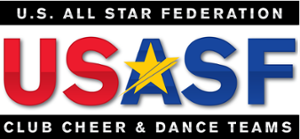An Athlete's Perspective on Diversity, Equity, & Inclusion in All Star
September 16, 2020 | Tseday Henderson
September 16, 2020 | Tseday Henderson

After attending the recent Diversity, Equity and Inclusion call with coaches owners, All Star professionals and USASF staff, athlete Tseday Henderson offered a very unique perspective and left with key takeaways that are inspirational and thought-provoking.
As a Black All Star athlete her voice is integral in shaping the future of All Star and we are here to listen. Read on to learn more about her experience in All Star and participation in USASF efforts toward Diversity, Equity and Inclusion.
Being invited to the Diversity, Equity and Inclusion meeting was an eye-opening experience, showing me that my mom and I, and even our gym, aren’t the only ones dealing with and realizing some of the imperfections in our sport; that we aren’t the only ones who want to see a change. The meeting was full of USASF staff members, gym owners, All Star professionals and, although I was the only representative of the USASF Athlete Advisory Council, everyone encouraged me to express what I felt and made sure I was included in the conversation. To be involved in the process of pointing out imperfections related to Diversity, Equity and Inclusion and talking about solutions made me feel as if my opinion and voice mattered.
I’ve been a competitive cheerleader for about 10 seasons. During those 10 seasons I have been a member of a few clubs, most with different ways of running their programs, and within most of those gyms, I was the minority. Now, I don’t think anyone expects the sport to be completely diverse and equally balanced between all races, but we would like to see the same representation. In the meeting an owner pointed out it seems larger programs are showcased more frequently at competitions while smaller clubs, often having a focus on expanding and diversifying, do not receive the same coverage. By adding a focus on diversity to advertising we could diversify the sport. People tend to be attracted to programs with people who look like them. No one wants to feel different or out of place. So when we have more representation, diversity will likely follow.
I’ve grown to understand the culture of competitive cheer; the big beautiful bows, the fancy shiny uniform, the crazy intricate, difficult routine to top it all off. However, on the call some club owners pointed out that new programs often have smaller budgets and don’t have the funds or savings to afford all the big "showy extras" that come with the sport. In agreement, my family and I have learned during my All Star cheer experience that it's expensive. All those nice, fancy gimmicks come with a big price tag that not all gyms can afford. So while new clubs seem to spend their first few years experiencing ridicule for not having the same "showy extras", all they’re trying to do is compete like everyone else. We suggested slowly changing the culture within the club to make it slightly more affordable. For example, my gym decided a couple years ago to go with a more natural look. Instead of the colorful makeup with a big bow and hair, we do natural make up and wear scrunchies in a high ponytail in an attempt to look more athletic — and it saves money!
During the Diversity, Equity and Inclusion meeting we were broken up into groups to discuss different topics, and I was lucky enough to be placed in a group with the founder of Black Girls Cheer, Dr. Sharita Mathis Richardson. Black Girls Cheer (BGC) is an organization that recognizes and showcases black cheerleaders and all they do; it’s a representation of black cheer athletes in an environment that they love. I was first introduced to the organization when I met Angel Rice a few years back at my gym (she’s an ambassador for BGC). At the meet and greet, Angel talked about BGC and encouraged us to start following their efforts. So I did! Black Girls Cheer started a scholarship for competitive cheerleaders who are planning on cheering after college, since we put so much into this sport for so long this scholarship gives athletes the chance to get something in return.
All Star Cheer is an incredible sport that I’ve loved being a part of but, like everything else in the world, it has some imperfections. The fact that organizations like USASF and Black Girls Cheer are willing to share stories and bounce ideas off each other in an attempt to identify and solve those problems is definitely a step in the right direction. The USASF also invited gym owners and parents, people who encounter these experiences firsthand, to further understand the problem and get more ideas circulating with those who are directly affected by change.
This is All Star.
Tseday Henderson is a senior cheer athlete with Step One All-Stars North Phenomenal. She has participated in the USASF leadership and personal development workshop, BOLT. Currently, she serves on the Athlete Advisory Council.
Are you interested in contributing to the Parent Connect Newsletter? Contact Sarah Miller Bate at smbate@usasf.net for more information on sharing YOUR story as an All Star Parent.



The U.S. All Star Federation (USASF) has a mission to support and enrich the lives of our All Star athletes and members. We strive to provide consistent rules and safety guidelines, drive competitive excellence and promote a positive image for the sport. The USASF credentials coaches, certifies legality officials and sanctions events - all with the goal to provide the safest possible environment in which athletes may train and compete. Founded in 2003, we are a not-for-profit corporation established in Tennessee and governed by bylaws, officers, a board of directors and fifteen standing committees.
Copyrights © 2023 All Rights Reserved by the U.S. All Star Federation